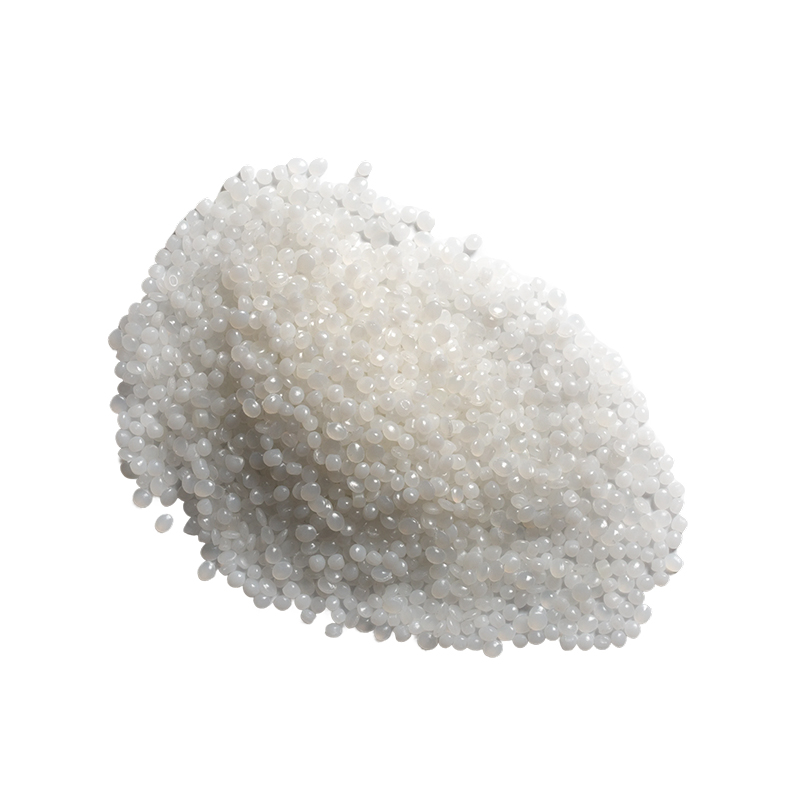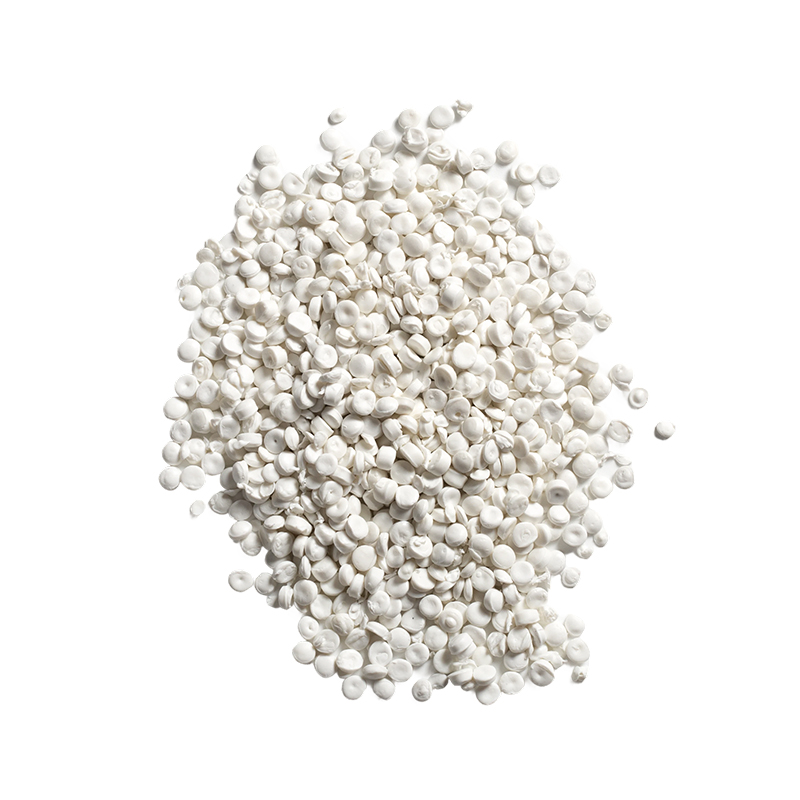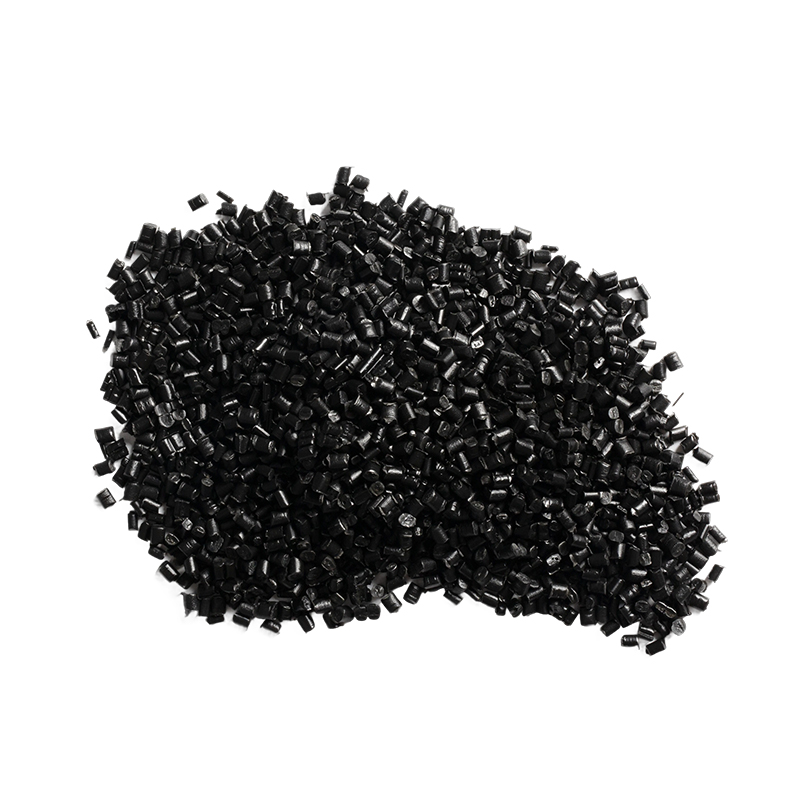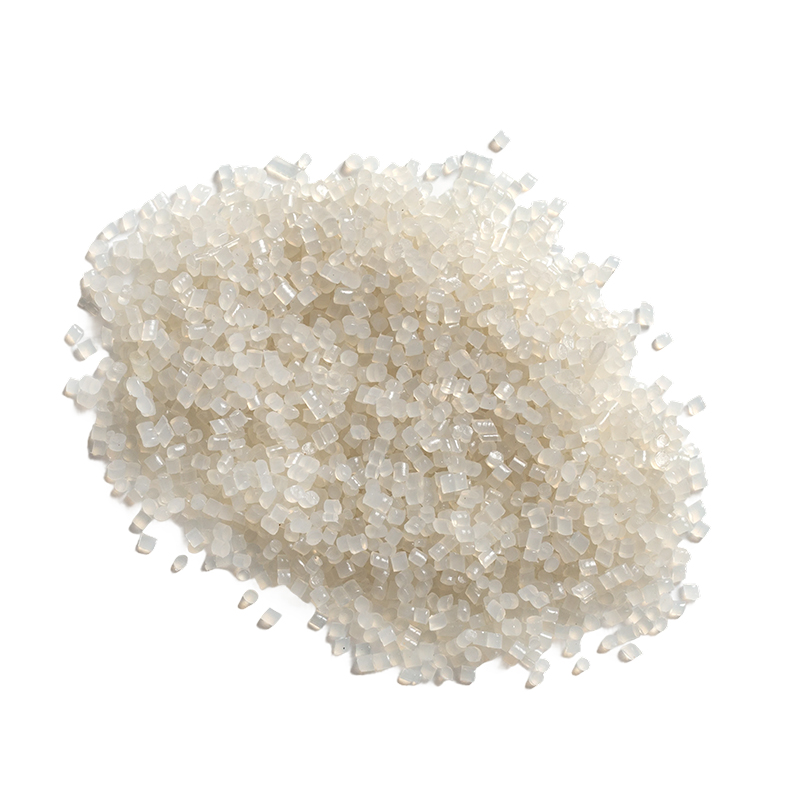What role does PE recycled pellets play in the plastic circular economy system?
Release Time : 2025-07-28
Today, when resource recycling and sustainable development have become a global consensus, PE recycled pellets, as an important achievement of plastic recycling, are reshaping the ecological pattern of the plastic industry in an unprecedented way. It not only effectively alleviates the pressure of plastic waste on the environment, but also provides low-cost, high-performance alternative raw materials for the manufacturing industry, becoming a key link in promoting green manufacturing, circular economy and low-carbon transformation. From waste packaging bags, agricultural films, bottles to industrial scraps, PE recycled pellets transform "garbage" into reusable industrial raw materials through scientific sorting, cleaning, melting and granulation processes, giving plastic life new possibilities.
The core value of PE recycled pellets lies in its dual attributes of resource reuse and environmental friendliness. After the end of the use cycle, traditional plastic products often face the dilemma of landfill, incineration or abandonment, which not only causes waste of resources, but also brings serious "white pollution". The maturity of PE recycled pellets technology has enabled a large amount of discarded polyethylene materials to re-enter the production chain, reducing dependence on petroleum-based raw materials, and reducing carbon emissions and energy consumption. Especially in the fields of packaging, building materials, agriculture, daily necessities, etc., recycled pellets have been widely used in the production processes of film blowing, injection molding, pipes, hollow products, etc., and have become an important part of the green manufacturing system.
From a technical point of view, the production process of pe recycled pellets has evolved from the early extensive processing to advanced processes such as high-precision sorting, intelligent cleaning, efficient devolatilization, and multi-stage filtration. Modern recycling systems use multiple processes such as optical sorting, air separation, water washing, crushing, and melt filtration to ensure that the key performance indicators of recycled pellets such as purity, color, and melt index meet industrial application standards. Some high-end recycled pellets can even replace some virgin materials and be used in food-grade packaging, medical equipment, automotive interiors and other scenes with high quality requirements, showing strong technical potential and market prospects.
Furthermore, the application of pe recycled pellets is also promoting the transformation of the plastics industry to a closed-loop manufacturing model. More and more plastic product companies have begun to adopt the business model of "trading old for new" and "recycling and remanufacturing", and realize the closed loop from raw materials to finished products and then to raw materials by establishing a recycling network, optimizing the recycling process, and improving product performance. This model not only reduces the raw material costs of enterprises, but also enhances the stability of the supply chain and environmental responsibility awareness, becoming an important part of the enterprise's ESG (environment, society and governance) strategy.
At the same time, with the global attention to plastic pollution control, governments and industry organizations have introduced policies and standards to promote the standardization, standardization and certification system of recycled plastics. For example, the EU's "Plastic Strategy", China's "Plastic Ban" and the "14th Five-Year Plan for Plastic Pollution Control Action Plan" all put forward clear requirements for the use ratio of recycled plastics, environmental protection indicators, product labeling, etc. This not only provides policy support for the development of pe recycled pellets, but also forces the industry to improve its technical level and product quality to meet increasingly stringent supervision and market demand.
From a more macro perspective, pe recycled pellets are not only a product of plastic recycling, but also a microcosm of the integrated development of green economy, circular economy and low-carbon economy. It uses the power of technology to reshape the value of resources, responds to environmental challenges with the logic of the industry, and uses continuous innovation to drive the plastics industry towards a more sustainable direction.
The core value of PE recycled pellets lies in its dual attributes of resource reuse and environmental friendliness. After the end of the use cycle, traditional plastic products often face the dilemma of landfill, incineration or abandonment, which not only causes waste of resources, but also brings serious "white pollution". The maturity of PE recycled pellets technology has enabled a large amount of discarded polyethylene materials to re-enter the production chain, reducing dependence on petroleum-based raw materials, and reducing carbon emissions and energy consumption. Especially in the fields of packaging, building materials, agriculture, daily necessities, etc., recycled pellets have been widely used in the production processes of film blowing, injection molding, pipes, hollow products, etc., and have become an important part of the green manufacturing system.
From a technical point of view, the production process of pe recycled pellets has evolved from the early extensive processing to advanced processes such as high-precision sorting, intelligent cleaning, efficient devolatilization, and multi-stage filtration. Modern recycling systems use multiple processes such as optical sorting, air separation, water washing, crushing, and melt filtration to ensure that the key performance indicators of recycled pellets such as purity, color, and melt index meet industrial application standards. Some high-end recycled pellets can even replace some virgin materials and be used in food-grade packaging, medical equipment, automotive interiors and other scenes with high quality requirements, showing strong technical potential and market prospects.
Furthermore, the application of pe recycled pellets is also promoting the transformation of the plastics industry to a closed-loop manufacturing model. More and more plastic product companies have begun to adopt the business model of "trading old for new" and "recycling and remanufacturing", and realize the closed loop from raw materials to finished products and then to raw materials by establishing a recycling network, optimizing the recycling process, and improving product performance. This model not only reduces the raw material costs of enterprises, but also enhances the stability of the supply chain and environmental responsibility awareness, becoming an important part of the enterprise's ESG (environment, society and governance) strategy.
At the same time, with the global attention to plastic pollution control, governments and industry organizations have introduced policies and standards to promote the standardization, standardization and certification system of recycled plastics. For example, the EU's "Plastic Strategy", China's "Plastic Ban" and the "14th Five-Year Plan for Plastic Pollution Control Action Plan" all put forward clear requirements for the use ratio of recycled plastics, environmental protection indicators, product labeling, etc. This not only provides policy support for the development of pe recycled pellets, but also forces the industry to improve its technical level and product quality to meet increasingly stringent supervision and market demand.
From a more macro perspective, pe recycled pellets are not only a product of plastic recycling, but also a microcosm of the integrated development of green economy, circular economy and low-carbon economy. It uses the power of technology to reshape the value of resources, responds to environmental challenges with the logic of the industry, and uses continuous innovation to drive the plastics industry towards a more sustainable direction.







